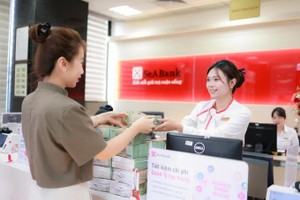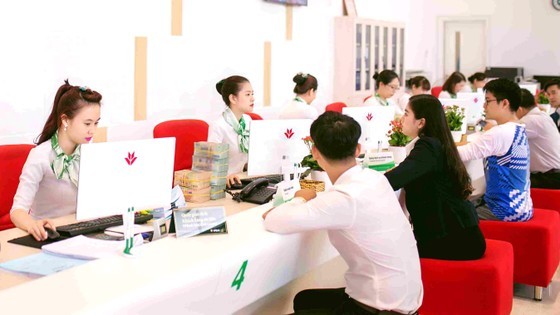 |
| A bank in HCMC (Illustration) |
The State Bank of Vietnam (SBV) has implemented many solutions to direct credit capital flows into green and environmentally friendly projects; thereby, contributing to the implementation of the national strategy on green growth and sustainable development.
Commercial banks have also been giving loans for "green" projects. In addition to their resources, many commercial banks have actively cooperated with international financial institutions and organizations to obtain large capital sources to promote green credit lending with more preferential interest rates.
For instance, in March 2023, Vietcombank and JBIC Bank (Japan) signed a cooperation agreement to provide US$300 million financial support for renewable energy projects. Mr. Nguyen Thanh Tung, General Director of Vietcombank, said that Vietcombank always dedicates special resources to finance green projects. Specifically, the bank successfully deployed a credit package of US$200 million for this field in 2019.
BIDV also said that it has reserved a certain proportion of loans for customers in the green energy field with about 1,718 projects. Mr. Tran Long, BIDV's deputy general director, said that the bank currently does not finance coal-fired power projects but promotes credit lending in the field of renewable energy.
By the end of 2022, BIDV's green credit outstanding balance reached nearly VND 63.8 trillion (equivalent to US$2.7 billion), accounting for 4.3 percent of BIDV's total outstanding loans and 13 percent of the total outstanding loans of the national economy. To meet the capital needs of the energy industry, in addition to normal business capital, BIDV has successfully mobilized many capital sources from international organizations such as WB and AFD.
"BIDV's loan portfolio for green and sustainable fields by 2025 is expected to reach US$3 billion, accounting for about 5 percent of BIDV's total outstanding loans," Mr. Long committed.
Based on its commitment to supporting Vietnam's agriculture to cope with climate change, Agribank has implemented a preferential credit program for clean agriculture with an unlimited capital scale, initially at VND50,000 billion since 2016.
By the end of 2022, lending sales reached more than VND30,000 billion, outstanding loans reached more than VND 5,000 billion with nearly 4,000 customers. Currently, Agribank has always devoted capital to green agricultural fields.
Not only in the "Big 4" banks – the four largest commercial banks including Agribank, BIDV, Vietcombank, and Vietinbank, reputable private commercial banks have also attracted large capital sources from international organizations to "green" credit. Specifically, by the end of 2022, the International Finance Corporation (IFC - under the World Bank) disbursed a loan of US$150 million with a term of 5 years to VPBank so that the bank can support lending to priority areas, including many projects in the field of environment and combating climate change in Vietnam.
Previously, IFC and other international sponsors granted VPBank a green credit worth US$212.5 million. Currently, VPBank has issued a Green Credit Framework to provide a process for using and managing green loans for projects that meet green criteria.
Similarly, IFC and 5 other international investment funds have also expanded the credit package to support SeABank from US$150 million to US$220 million for this bank to increase lending to small and medium enterprises as well as other climate change projects.
However, the SBV also acknowledged that, despite the impressive average growth rate, there are still many difficulties affecting the growth of green credit. Green credit growth in Vietnam has remained limited due to the lack of a clear legal framework, according to industry insiders. Specifically, there are currently no national regulations on criteria and a list of green projects for industries and sectors according to the economic classification system, as a basis for commercial banks to determine green credit in the next period.
Agribank's representative said that when the bank is giving loans for clean agricultural projects in many localities, it is difficult to identify what are clean agricultural models because there are no common criteria. In addition, many commercial banks complained that the granting of clean credit required specialized technical factors on the environment, making it difficult for credit officers to appraise and evaluate the project's effectiveness and customers’ ability to repay loans not to mention the difficulties in monitoring and managing risks when granting credit due to the lack of regulations, criteria and standards for evaluating tools to measure environmental impacts.
In fact, green projects often have long payback periods and large investment costs, so there should be guidance on green lists and criteria for identifying green projects in accordance with Vietnam's economic sub-sectors serving as a framework for credit institutions to have assessment and supervision when granting green credit.
Ms. Michele Wee, General Director of Standard Chartered Bank Vietnam, said that the legal corridor is an obstacle to accessing green capital for Vietnamese enterprises. Therefore, if the management framework is standardized and publicized, banks will have a clear definition of green projects; thus, banks will be easier to decide to lend what green projects. IFC also said that many commercial banks in Vietnam do not know how to operate the green financial mechanism, risk assessment, and green project procedures. Therefore, the SBV needs to give more detailed instructions to help credit institutions implement easily.
To solve the above-mentioned complaints, the State Bank said, the Circular 17/2022 guiding the implementation of environmental risk management in credit extension activities of credit institutions and foreign bank branches will take effect at the beginning of June 2023.
Currently, the Government is trying to complete the legal corridor on green credit. The draft decision of the Prime Minister promulgating regulations on environmental criteria and the certification of green credit and green bond issuance projects is also being urgently completed. It is expected that the above documents will create a legal corridor and create conditions for banks to promote green credit.
According to data from the Credit Department for Economic Sectors under SBV, in the period 2017-2022, the credit balance of the system for Vietnam's green sectors has an average growth rate of more than 23 percent per year.
By the end of 2022, credit outstanding for green projects reached more than VND500 trillion accounting for more than 4.2 percent of the total outstanding loans of the country’s economy, an increase of 12.96 percent compared to the end of 2021. Debts assessed for environmental and social risks reached more than VND 2,359 trillion, accounting for more than 20 percent of the economy's outstanding loans, up 27.69 percent compared to the end of 2021, with more than 1.2 million loans.
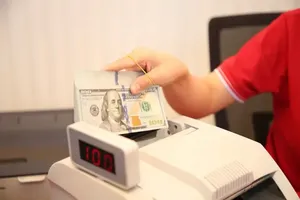


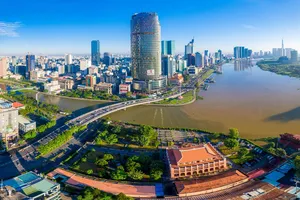

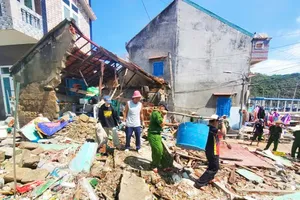
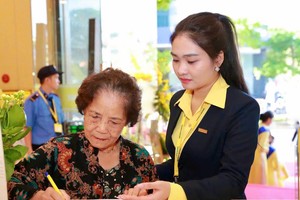
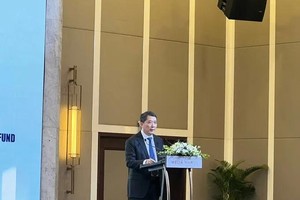




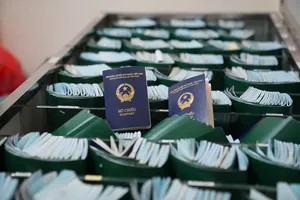
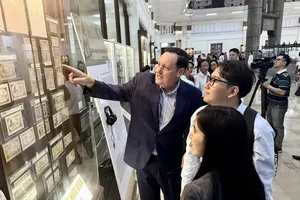
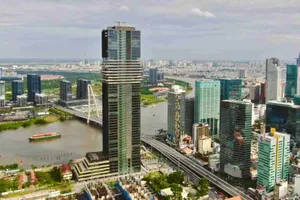
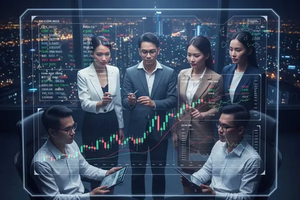
)
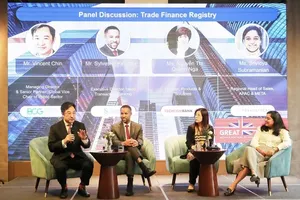
)
